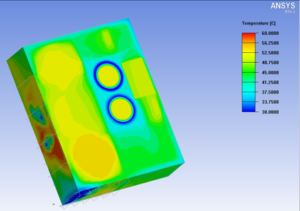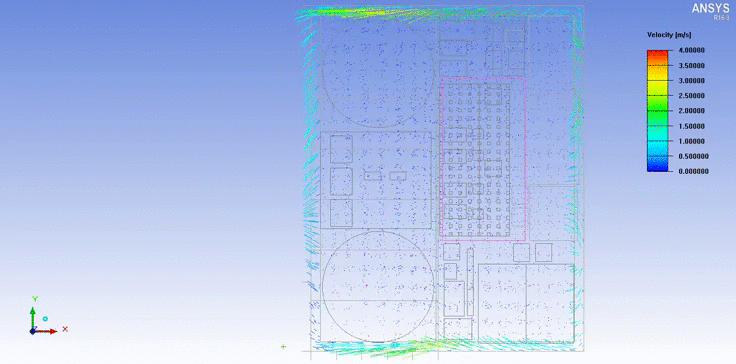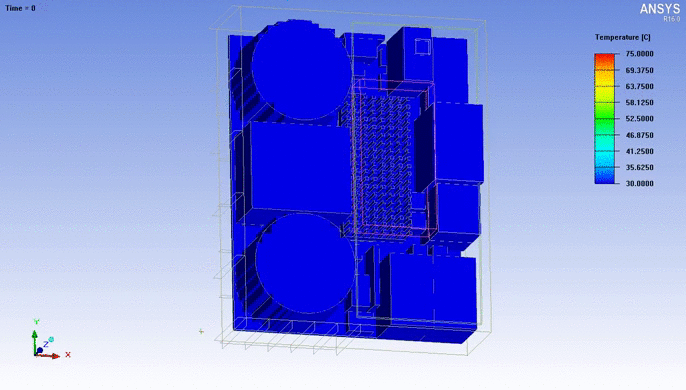Aiming High in Google Little Box Challenge

EPRI-University of Tennessee Team Named Finalist in Competition to Build a Smaller Inverter

An inverter designed and built by EPRI and the University of Tennessee is one of 18 finalists in the Little Box Challenge, sponsored by Google and IEEE Power Electronics Society. The competition requires entrants to build a 2-kilowatt inverter ten times smaller than today’s commercial models. Following testing by the National Renewable Energy Laboratory, the winning inverter will be announced in January 2016. EPRI led the thermal design and management, and the University of Tennessee led the electrical design.
Inverters are key for integrating the grid and distributed resources such as renewable energy and energy storage. Smaller, more efficient inverters can improve the economics of this integration.
Because heat is produced in power conversion, a major technical challenge with small inverters is ensuring that they don’t overheat. To optimize removal of heat from the device, the EPRI-University of Tennessee team used 3-D computer models to simulate and modify circuit layout, component placement, fan selection, and other design elements. The resulting inverter measures about 4 inches by 3 inches by 1 inch, incorporates the latest wide bandgap transistors, and has a conversion efficiency of 96.9%.
“By competing in this challenge, we’re addressing a critical R&D need to develop a highly efficient inverter with better packaging, mechanical design, and thermal management and optimization,” said Rick Langley, Program Manager for Critical Power at EPRI.
Watch two animations about the EPRI-University of Tennessee inverter:
Air Flow

This animation shows the air flow through the inverter. Rather than a time progression, it indicates air velocities in different vertical planes during a single instant in time. The large rectangle filled with rows of squares is the inverter’s heat sink, which spreads out heat produced by the gallium nitride power transistors underneath. The “starburst” pattern of high air velocities around the heat sink is due to fans installed in the inverter’s top enclosure.
Temperature

This animation shows temperature changes in the inverter as it is powered on to full load. Spatial temperature data helped the researchers optimize heat removal from the device. The inverter’s gallium nitride power transistors underneath the heat sink (the middle rectangular area with rows of pins) produce the most heat.

